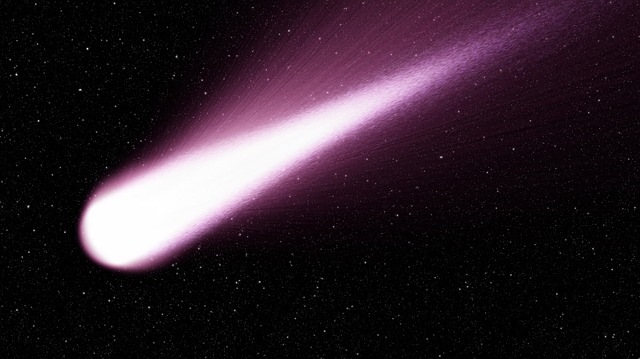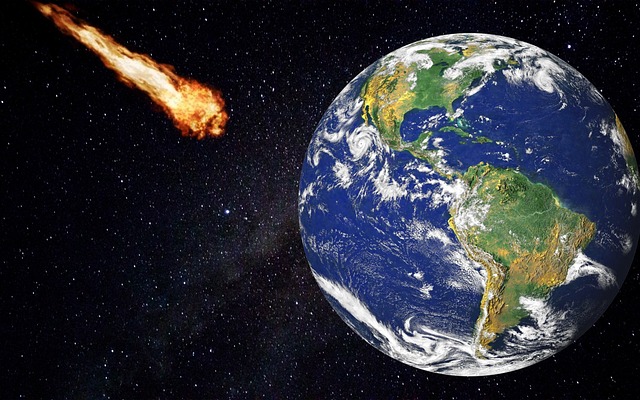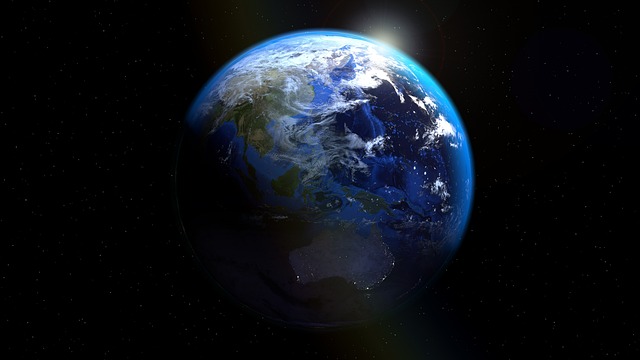On the 1st of July, 2025, a telescope in Chile observed something strange moving rapidly on a path that doesn’t seem to loop the Sun. To astronomers this was a clear sign that the object originated from outside our solar system. Now known by the official title of 3I/ATLAS, it is the third such object to pass through our skies recently, following Oumuamua in 2017 and comet Borisov 2019. According to NASA, it behaves like a comet and will never get closer to our planet than around 1.8 times the Earth–Sun distance. However, a Harvard scientist, Avi Loeb, has recently made headlines, arguing that the object is likely artificial. While this has left many equally intrigued and concerned, critics of his findings state that his views are absurd.
What is 3I/ATLAS?

Comets in our own solar system follow elliptical paths that are bound to the sun. However, 3I/ATLAS is on a hyperbolic path, which means that its track is too open and pace too fast to be affected by solar gravity. Therefore, if we trace its path backward, we can see that it must have originated somewhere in deep space. So, is 3I/ATLAS a comet? Observations strongly suggest that the object is a large comet that is surrounded by a cloud of dust, gas, and ice. According to one computer simulation, the comet could be up to 3 billion years older than our own solar system.
However, according to one small group of researchers, what we think is a comet is actually some sort of covert alien technology that has been sent here by a potentially aggressive alien civilization. The most notable member of the group is Avi Loeb, an astronomer from Harvard University who has a history of trying to link objects in space with alien intelligence. In fact, when Oumuamua featured in our skies, he was the main researcher who claimed that the object was too unusual not to be some sort of alien probe. It is generally accepted today that it was in fact an asteroid that was leaking gas into space.
Loeb has stated that “There were claims of a tail. But since 3I/ATLAS is accelerating and its current size is not much larger than the angular resolution of Earth-based telescopes, it is not easy to avoid fictitious elongation of the image as a result of the object’s motion.” He also wondered about the lack of gas emissions coming from the object. Using what he calls the ‘Loeb Scale’ to determine whether an object is artificial or natural, he gave the interstellar object a six out of ten. To Loeb, this means that it’s highly likely that it was not a naturally occurring object, but rather one that has been engineered.
So, Is It Natural or Not?

Most of the points that these researchers try to make in the paper are related to the 3I/ATLAS’s unusual trajectory. Not only does it move much faster than the other two recent interstellar objects, but it also entered our solar system at a different angle. According to Loeb, this trajectory “offers various benefits to an extraterrestrial intelligence” that could be using the object to observe Earth. However, since its discovery, the researchers who have studied the object have concluded that it is a comet. According to the astronomer who headed the first study to quantify 3I/ATLAS, Darryl Seligman, “There have been numerous telescopic observations of 3I/ATLAS demonstrating that it’s displaying classical signatures of cometary activity.”
However, Loab and his team say that this is insufficient evidence and that scientists have not yet identified any specific chemicals typically associated with comets. Yet, any assumptions about the lack of these chemicals may be premature at this point. Scientists argue that they wouldn’t typically expect to find direct evidence of these chemicals, as the object is still pretty far away from the sun. However, these compounds are probably going to become more apparent in the next few weeks or months, according to astronomers. The lack of evidence presented in Loeb’s paper has left many researchers disappointed, noting that it tries to discredit and distract from the work of other scientists.
The Bottom Line

In a recent interview, Loab stated that “We are worried about existential threats from artificial intelligence, from global climate change, from an asteroid impact, but we never discuss alien technology.” However, many researchers and astronomers seem to be more concerned that Loeb is spreading misinformation than with potential alien attacks. While his paper may make for catchy headlines and feed the imaginations of the public, it also tries to cast real scientific work into doubt without providing any real evidence to support its outlandish claims.
Read More: NASA Detects Interstellar Object Passing Through Our Solar System

